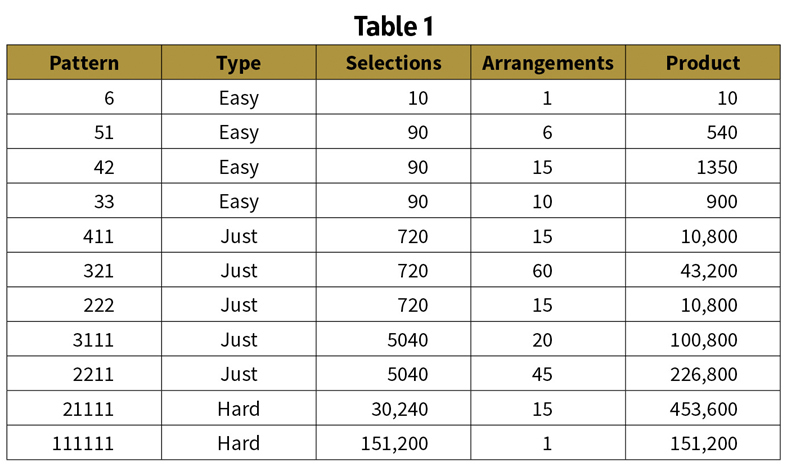By Josh Feldman
No one chooses to be a St. Louis Cardinals baseball fan. You might see random Australians or Europeans don a Yankees, Dodgers, or maybe even a Mariners hat, but never that of the Redbirds. If you see a random person with a red hat with “STL” written on the front, it’s a virtual guarantee that the person either lives or was born in St. Louis. It might be for this reason that people take baseball more seriously in the Gateway City.
It’s fair to say that the 2023 Cards season was an utter trainwreck. But that almost wasn’t the case. After a mediocre first half of the season, the Cards started to get their act together, won six games in a row, and finally started to live up to their potential. They had a Friday afternoon game with their archrivals, the Chicago Cubs, a team whose owner cares more about Lakeview property development than fielding winning baseball teams. This felt like the perfect opportunity to play hooky from work, enjoy the beautiful day, and see a hopeful Cards victory against their evil northside adversary.
So I secured a ticket in Section 306 of Wrigley Field, made my way to the Sheridan Red Line station (it doesn’t take a local to know to avoid the zoo known as the Addison station), and after a leafy three block stroll through the neighborhood, I quickly took my seat.
The ballgame had all the qualities of an instant classic. The Cards were down a run in the 8th inning but managed to get the bases loaded with only one out. Little-used Alec Burleson found himself at the plate for the most important at-bat of the season. He worked a 3-0 count, and then got dealt a pitch 4 inches outside that was called strike one. The next pitch was 8 inches outside … but no matter, the ump quickly yelled “Strike two!” Protecting a home plate the size of the Chicago Bean, Burleson had no choice but to offer at the payoff pitch even though it was 15 inches outside, and meekly hit into a double play, ending the potential rally.
That pitch sequence virtually ended the Cards’ hope not just of winning the game, but of any postseason aspirations as well. Oh, sure, the Cubs tried to give away the game in the ninth inning (they are the Cubs, after all), but alas the Cards were in no mood to accept the present.
With the win streak dashed and the remainder of the season all but meaningless, I didn’t have to pay full attention to the play on the field that August and September, and instead got to focus more on chatting with friends during games we attended. One of my friends, named The True R, knew I wrote a puzzle column, and asked if I should write a baseball themed puzzle. That sounded like a great idea to me, so we came up with some baseball puzzles. Some are easy, some are hard, and some might be a tad unfair, but with the 2024 season fast approaching, hopefully all will be fun…
All puzzles are based on 2024 Major League Baseball rules.
- What is the maximum number of double plays that can occur in a baseball game that does not go to extra innings?
- What is the maximum number of hits there can be in an inning if no runs get scored?
- What is the minimum number of pitches required to complete an inning of baseball?
- What is the maximum number of pitchers that can be used to complete a combined, 9-inning no-hitter (feel free to assume that no batters pitch, as there is a no-hitter going on)? How would this answer change if we eliminated the condition that batters couldn’t pitch?
- Assuming there are no hits, errors, walks, balks, passed balls or wild pitches, what is the maximum number of runs that can be scored in an inning?
Solutions may be emailed to puzzles@actuary.org. In order to make the solvers list, your solutions must be received by April 1, 2024.
Solution to Previous Puzzles: Goldilocks Numbers
A Goldilocks number is a number that might be used for online verification* because it is neither too hard nor too easy—it is just right.
Problem: How many 6-digit numbers are a) too easy, b) too hard, or c) just right?
As a first approximation, we’ll say that a 6-digit number is too easy if among the 6 digits, there are no more than 2 distinct digits. And we’ll say that it is too hard if there are 5 or 6 distinct digits among the 6. (In this problem, a 6-digit number can have leading zeros.
Answer: a) There are 2,800 too easy, b) 604,800 too hard, and c) 392,400 just right.
Solution: To quote from David Promislow’s solution, there are “11 different patterns for the six digits: 6, 51, 42, 33, 411, 321, 222, 3111, 2211, 21111, 111111 where for example the pattern 321 means that one digit appears 3 times, one digit appears twice, and one digit appears once.” (Mathematicians call these patterns the partitions of 6.)
For each pattern, Table 1 shows what type it is; how many ways digits are to be selected for the pattern; how many ways the digits can be arranged; and the product of selections times arrangements, because they are independent events.

The entries in the column labeled “Selections” are 10Pd, where d=1 to 6 is the number of distinct digits in the pattern. The entries in the column labeled “Arrangements” are computed using combinations based on the patterns. For example, for the pattern 2211, the entry is determined as follows: From the 6 places, two places are chosen for one pair in 6C2=15 ways; from the remaining 4 places, two more are chosen in 4C2=6 ways; but since the 1st and 2nd pair could be permuted, we divide the product of 15 and 6 by 2 to get 45.
While it is not shown, the column labeled “Product” sums to 1,000,000 as a nice check on the calculations.
*CAVEAT: I don’t know how numbers are chosen for online verification.
Solvers
Todd Callaway, Lois Cappellano, Bob Conger, Deb Edwards, Bill Feldman, Rui Guo, Clive Keatinge, Ken Klinger, Chi Kwok, Don Onnen, Mitchell Pollack, David Promislow, Anna Quady, Steven Russ, Leaor Schwartz, Noam Segal, Al Spooner, and Jim Walsh.





